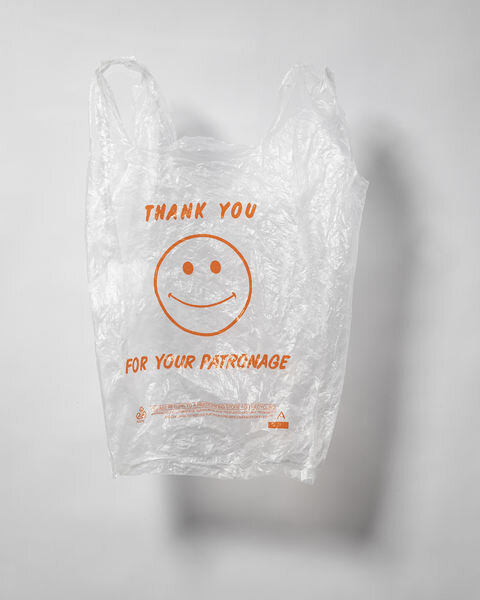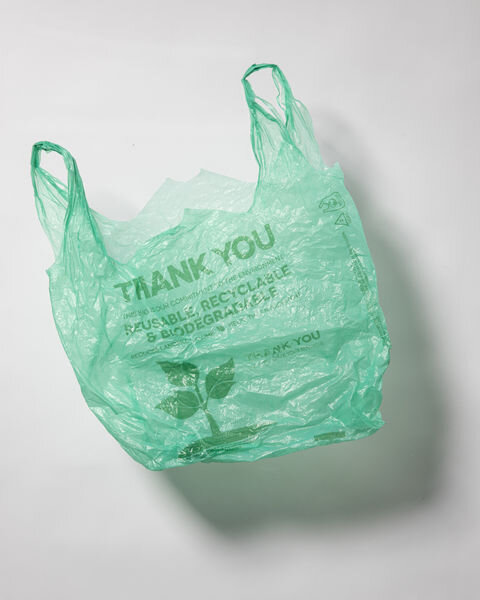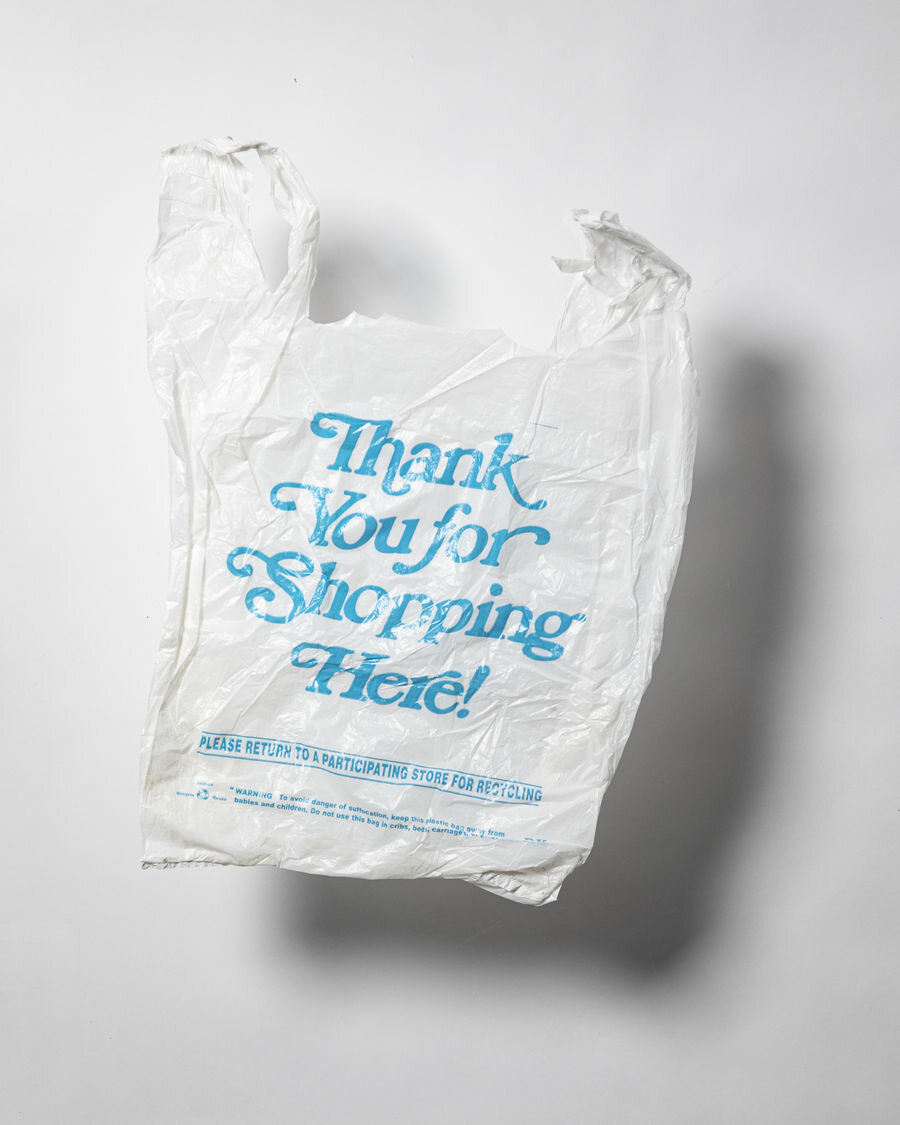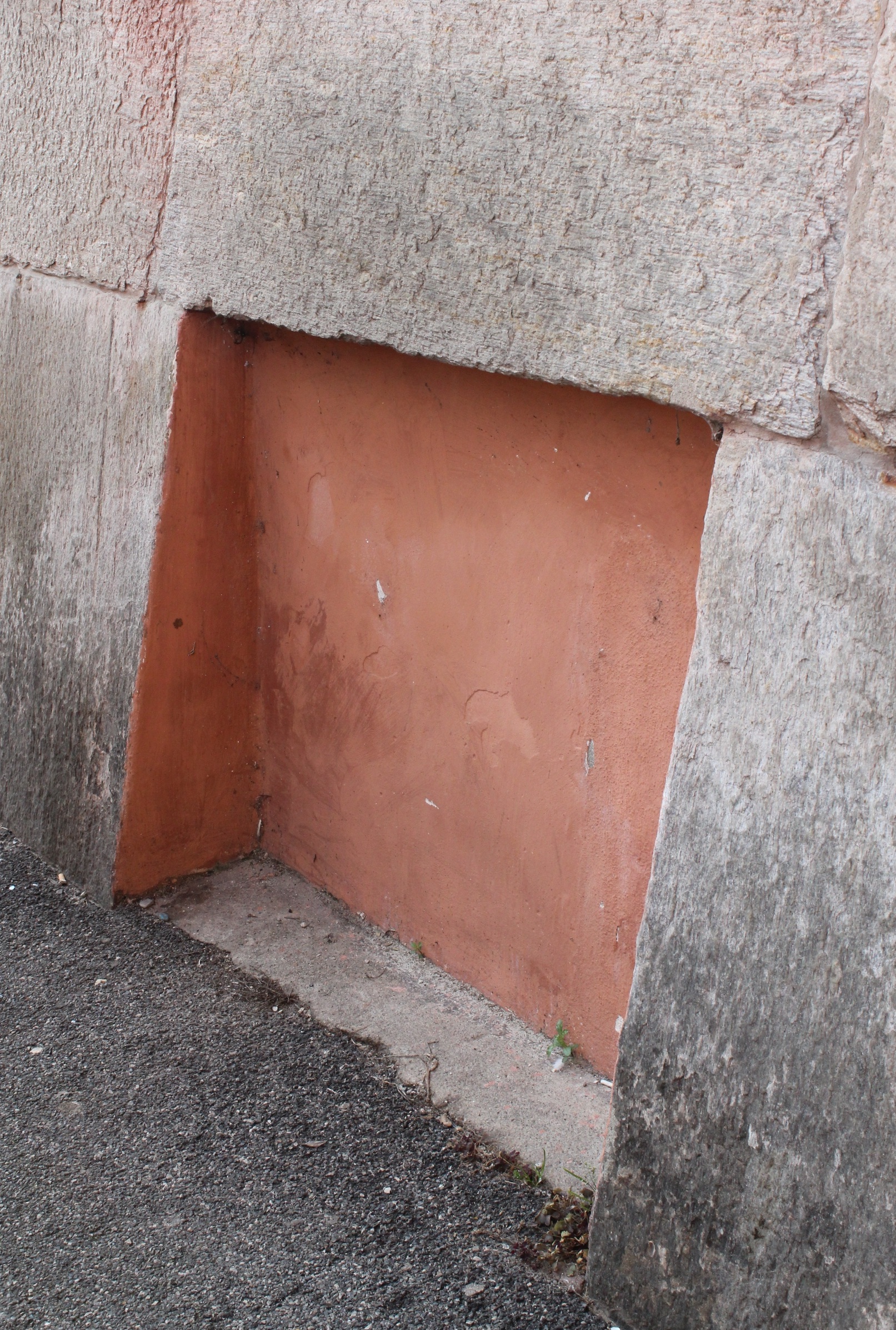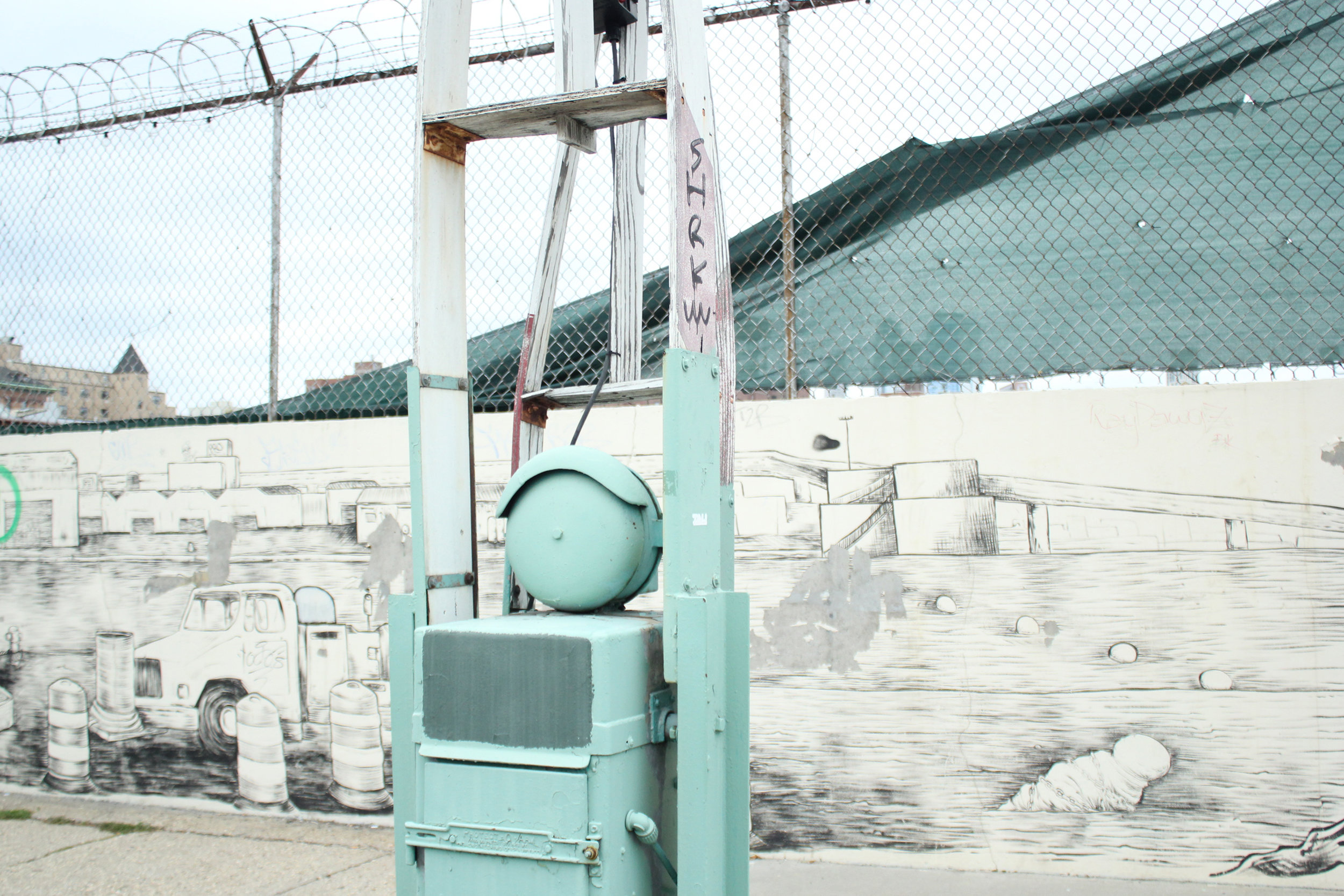This is what my portfolio looked like when I first launched my website in 2014. I had a lot of work ahead of me!
I’ve been a creative professional for over ten years. In that time, I’ve learned a lot about portfolio websites — by making plenty of mistakes, observing my peers and gleaning advice from people I admire. My website never feels quite "done"— I'm constantly trying to improve it.
Because I’ve spent so much time tweaking my portfolio, I’ve picked up on a few things. This list started as a way to help myself, then I shared it with a few friends who wanted to update their own websites. Now I’m sharing it with you.
Keep in mind, this list is meant for creative individuals who want to represent themselves in the professional world. Whether you hope to attract clients, collaborations or get hired for a full-time job, this guide will help you instill trust in your viewers and demonstrate passion and competence in your work.
The projects you share should fall into at least one of three categories 1) your strongest work 2) the work you most enjoy doing 3) the work you want to do more of.
If permissible, prioritize showing professional work, especially anything done for high-profile clients or employers.
There’s a wide range of opinions online about how many projects to include in your portfolio. Some say 4-12, others say no more than 8. Rather than fixating on a certain number, I feel it’s more important to include projects that encapsulate tips 1 and 2 above. It’s generally best to avoid sharing work that is more than three years old, but again — refer to tips 1 and 2.
Your work should emphasize depth over breadth. Instead of providing an overview of everything you’ve ever done, show that you’re capable of doing different types of work within your chosen area of expertise. Show range inside your niche. I love this example Chris Do gave to a design student who’s passionate about making movie posters.
When possible, share high-quality photos of your design work out in the real world. If you don’t have any, create mockups.
If you want to share more raw, exploratory or process work, include it as a piece of a larger project. If it’s not related to a specific project, share it in a separate section of your site dedicated to exploration. Even when sharing rough or unfinished work, add context and polished presentation.
Provide written context for each project. Include the 5 Ws — Who, What, When, Where and Why. Be specific about your role in the project, what was accomplished and the impact it had. Offer clarity — don’t assume that your audience knows about every client or industry that you work with. Give credit to collaborators wherever it’s due.
Include testimonials for each project — if you don’t have one, ask your client or employer for a written statement they’d be okay with sharing publicly.
Eliminate spelling and grammatical errors throughout your site. If writing is not your strength, ask someone more skilled to proofread for you. Careless mistakes undermine your credibility.
All the design elements of your website — color, space, typography, photography — should be in service of your work. Prioritize simplicity, legibility and ease of use over eye-catching or trendy design features.
Optimize everything for mobile, tablet and desktop viewing. Your site should look good on all interfaces.
Make it easy for viewers to see your work as soon as possible. Don’t make them click around too much to see the good stuff.
In the words of Matthew Encina, the top left corner of a page is “prime real estate”. Your best work should occupy this spot. The stronger the work, the closer it should be to this area of the page.
Don’t link to password-protected work on a public page. It’ll deter the viewer from exploring further. If you must, make sure the viewer knows they’ll need a password before they click.
Don’t barrage your visitors with links on your homepage — this only encourages them to bounce from your site. I learned that from The Worst Portfolio Ever. When including an external link, make sure it opens in a new window.
As difficult as they are to write, include a bio or ‘About’ page. Briefly state who you are, what you do, who you work with and a bit about your creative and professional interests — hopefully something that makes you unique and memorable. You can elaborate further, but make sure you cover the basics up top. It’s okay to show a touch of personality, but avoid fluff, cliches and generic statements that don’t serve you. Include a recent photo of yourself to give the viewer a deeper impression of who you are. Look directly into the lens of the camera to further instill trust.
Make sure your contact info is impossible to miss. You can share multiple modes of contact, but don’t forget the most important one — email. Email is evergreen, and it makes you seem like a real person that can be reached.
If you haven’t updated a blog or social media account in years, remove it from your website.
Include notable examples of press, features and awards. As you gain more recognition for your work, edit these down to the most relevant selection.
Invest in your own domain name and hosting space — it’s worth it. An online sale enticed me to buy my own url years ago, before I had any work worth sharing. I felt it would pay off eventually, and it has.
Your portfolio should evolve along with you. Keep its contents vital, exciting and fresh.











